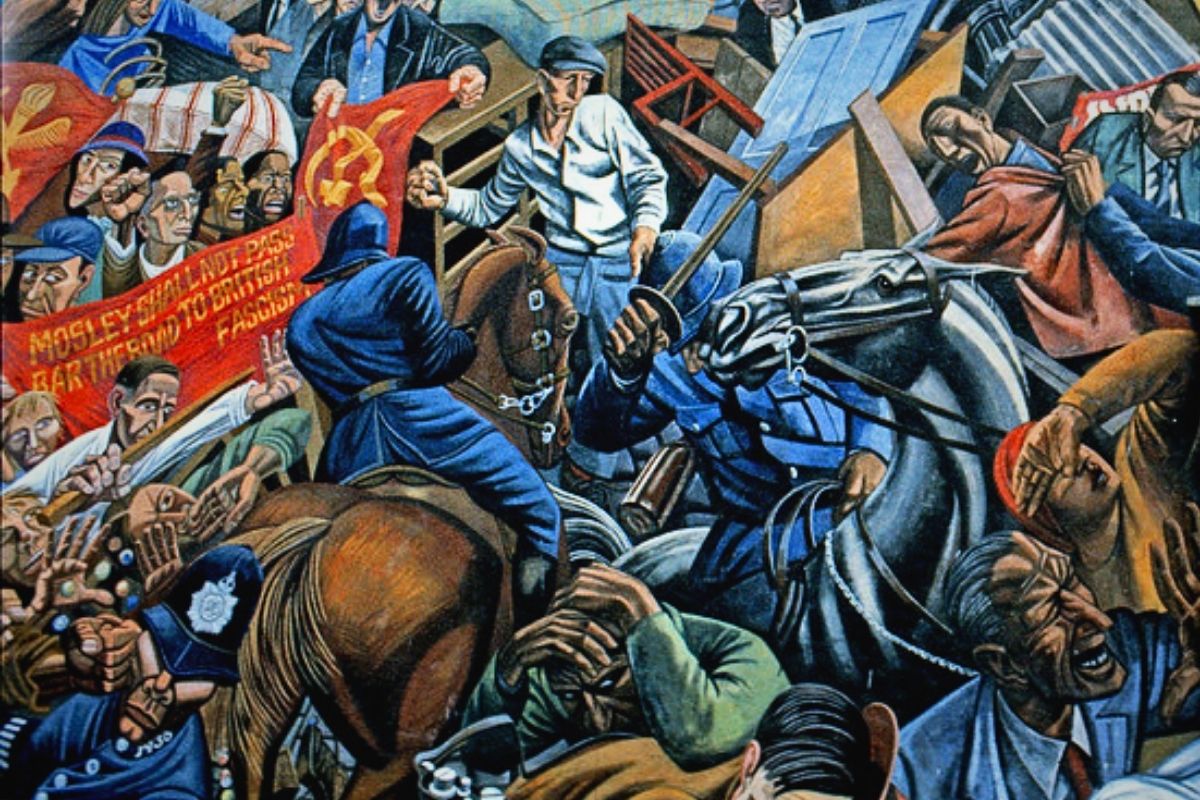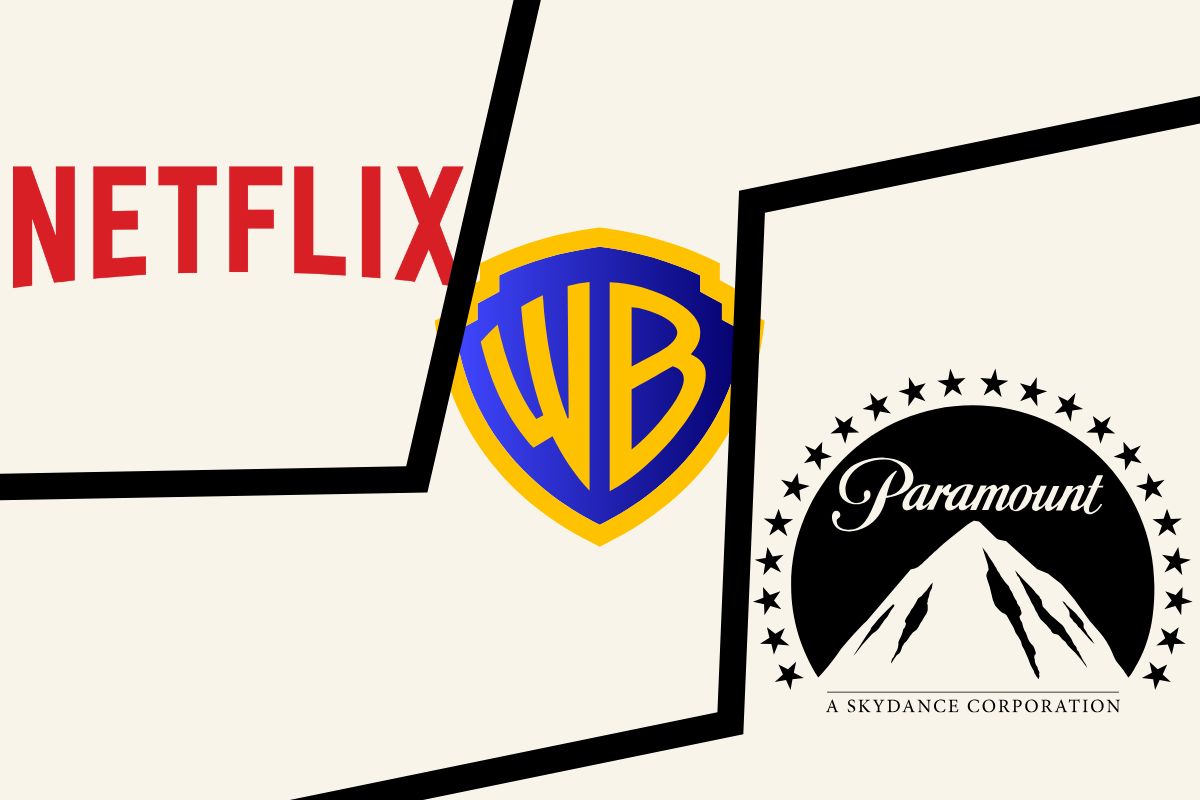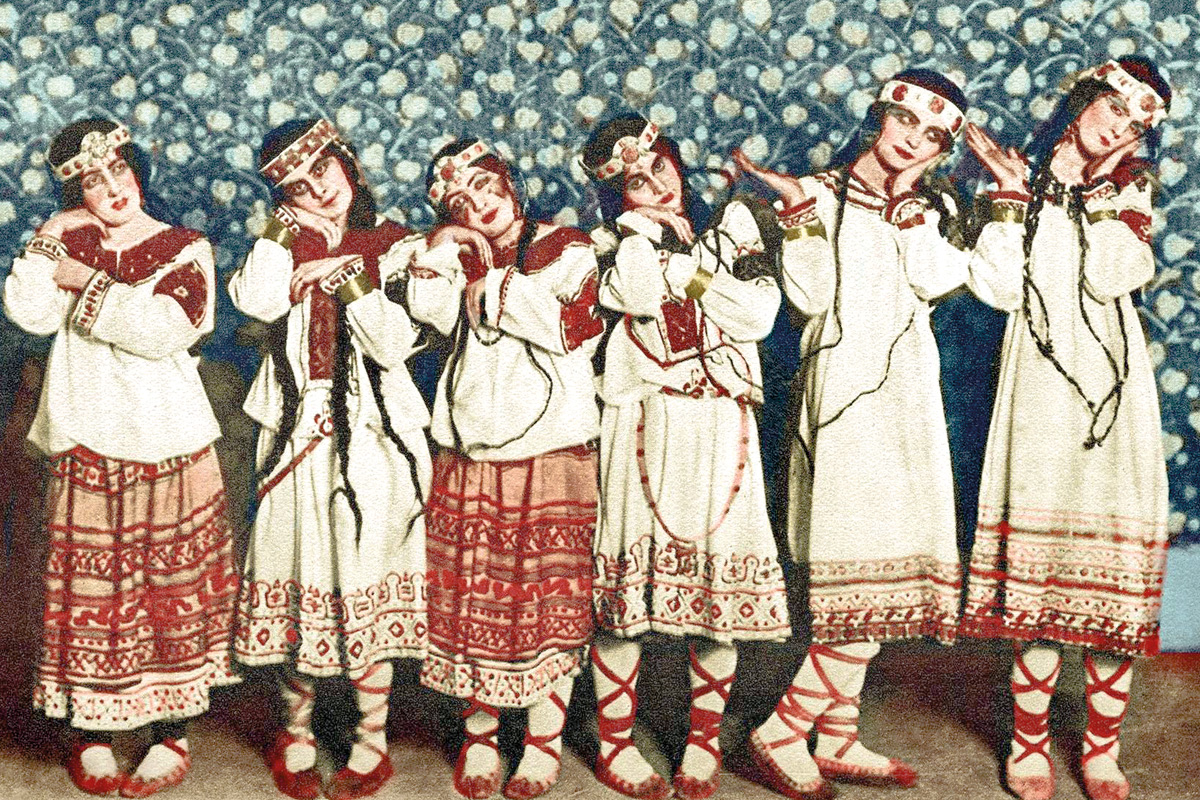Cable Street is a new musical, currently showing at the Southwark Playhouse in London until 16 March. The production covers the events in the weeks preceding and following the 1936 Battle of Cable Street.
Amidst growing fascist sentiment, in a clear provocation, Oswald Mosley and the British Union of Fascists (BUF) attempted to march through Jewish neighbourhoods in East London.
Mosley’s mob, however, were met and stopped by the united resistance of communists, socialists, Irish dockers, trade unionists, and the local Jewish community.
Compelling
The musical revolves around the intertwining story of three young workers and their families.
The main protagonists are Sammy, a young Polish Jew and former boxer, now looking for work; Mairead, an Irish communist with a bigoted mother; and Ron, an unemployed Lancastrian Brit, who’s drawn to the BUF with the promise of a job as a ‘British worker’.
During the course of the show, these characters’ lives unfold and interact to create a compelling story. Along the way, the small cast – who convincingly switch between roles – provide us with equally humorous and powerfully emotive songs.
This is certainly a dramatised work; a piece of storytelling and fiction. Nevertheless, the larger historical events are real, and are represented truthfully in a way that points to lessons for today.
Coverage
Several times throughout the musical, a cast of singing newspapers convey the media’s response to the rising fascist menace. This includes the infamous Daily Mail headline that cheered on the fascists, proclaiming “Hurrah for the Blackshirts”. These rags have barely changed in the 80 years since!
There was also the notable example of the Jewish Chronicle, which continually called for restraint on the part of Jewish workers as fascists prepared to terrorise their neighbourhoods – advice that was sensibly ignored.

The class differences between the Board of Deputies and the editors of the Jewish Chronicle, on one side, and Sammy, an unemployed Jew whose neighbourhood was to be ransacked by the fascists, is revealed in an emotional argument between Sammy and his father.
Sammy makes the point that, while the Board of Deputies would be safe in their big houses in Mayfair, those in Cable Street were still under threat.
These same class differences reemerged in the Corbyn years, when the Board of Deputies and the Jewish Chronicle joined the British establishment’s smear campaign against left-wingers in the Labour Party.
Jewish Labour members who supported Jeremy Corbyn, and who fought back against trumped-up accusations of antisemitism, were even dismissed as being “the wrong kind of Jews”. This reveals the clear class character of these attacks.
Fightback
The musical also shows some of the struggles taking place in the Communist Party of Great Britain (CPGB).
Although the CPBG ultimately played a significant role in the Battle of Cable Street, the leadership, having adopted a Stalinist perspective, were initially reluctant to involve the party in this struggle.
It was thanks to East London’s local branches rebelling against the wishes of the CPGB executive that the party had any involvement in helping to organise the fightback against the fascists.
When we come to the Battle of Cable Street itself, the role of the police is laid bare. Most of the fighting happened between the police and anti-fascists, with the police protecting the fascists and attempting to clear the streets on their behalf.
In the weeks after, the police’s reactionary role was further underlined, as they were called to evict workers from homes following rent hikes.
Solidarity
Cable Street is not simply a musical reenactment of the events of 4 October 1936. It takes this historic example and explores – through the addition of musical numbers – how poverty, unemployment, and the scarcity of housing and resources can be used by reactionaries to sow division.
In turn, it points to how the fightback against racism and fascism is intrinsically linked with social questions.
Still today, we need a shield: a strong, organised labour movement, to defend communities against the threat of reactionary gangs. But we also require a sword – a bold revolutionary programme that can tackle the material problems of jobs and housing that capitalism cannot address, and upon which the far right continues to thrive.
The starting point must be class unity and solidarity, like that shown in Cable Street in 1936. Only on this basis can we fight back against our mutual exploiters.






